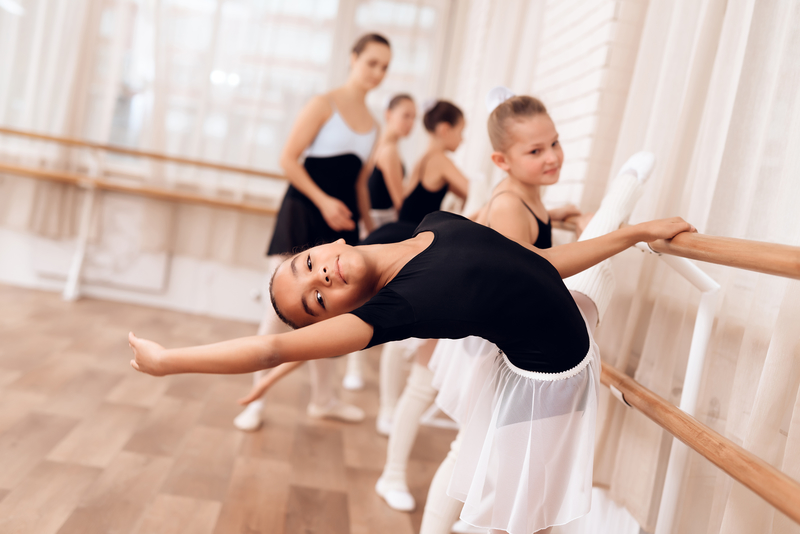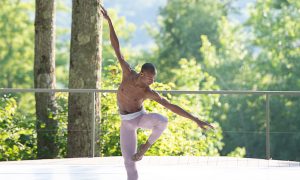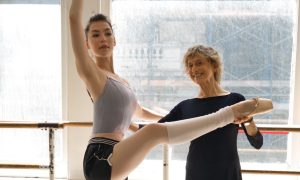Dancers have thought it. Dance teachers have heard it. “Can we skip barre?”
Skipping barre might seem like a good idea in theory; why not just go straight to the fun across-the-floor movement? In practice, though, ballet barre can have huge impacts on your body.
The great Enrico Cecchetti once said that barre techniques “are to the dancer what scales and arpeggios are to the musician.” And for most dancers and professionals, this is fact. Barre is used to gradually warm up your instrument, train the muscles for turnout and proper alignment, and build stability on the standing leg. Ballet barre is used to get your body strong enough for center work and to support yourself during partnering.
So how can you make the most of your time at the barre? We talked to two ballet teachers on why skipping barre is a no-no.
Why is ballet barre at the beginning of class?
“Barre is meant to help dancers focus and warm up, find their center of balance, and develop strength,” says Ian Spencer Bell, who teaches for American Ballet Theatre and Jacob’s Pillow Dance. “It’s also an opportunity for dancers to watch and listen to one another carefully.”
What is the best way to warm up at the barre?
“Every body is different,” Bell explains. “Every dancer is different. However, in essence, ballet is about a dancer’s relationship to time and space. I use the actual barre as if it were my partner, helping me stay lifted and symmetrical. I always loved barre — looking around at my classmates, knowing we were all working hard together. Center felt a little more competitive. Barre was a kind of coming together as a class.”
What should you focus on while at the barre?
“No matter how lightly a dancer holds on to the barre, there is still a difference in which muscles are used and how these fascial regions are being activated,” explains Susan Haines, a dance kinesiologist who specializes in bridging current research about the body, fascia and central nervous system with traditional dance training. “Dancers should pay close attention to their barre arm to notice if you are activating a lot of muscles that won’t be there for you in the center or on stage.”
Bell adds, “I think about barre as a time to concentrate on breathing, dancing in harmony with music, and moving away from and into the floor.”
What are some of the most common barre corrections?
“At barre, I’m always talking about standing as tall as you can and finding proper alignment,” Bell says. “I, too, am interested in the way people present themselves. Indeed, barre is intended to prepare you for center work. But from the start — from the first preparation and plié — I want to see someone dance with power, purpose and elegance. Certainly, dancers spend more time at barre than on stage. Barre, as much as any other time, is an occasion to think about who we are as dancers and how we perform. We are, after all, with others.”
“Foot articulation, use of external rotation, use of port de bras, getting on top of your legs and being aware of alignment throughout the body are a few general corrections.” notes Haines, who encourages using the time at the barre as a chance to practice and develop beautiful lines. “I think barre is fascinating; it’s the chance to dig deeply into how the details come together to create the whole picture of ballet technique and artistry.”
Why is the progression of exercises important for ballet class?
“The progression of classwork is designed to build muscles, coordination and musicality,” Bell explains. “I remember when all the repetition felt boring. But at some point in my mid-teens, I began to find it comforting, meditative. As an older dancer, I know well that I cannot do relevé, let alone jump, if I have not done plié and tendu. Barre can be a kind of physical therapy, a tune-up, and a tune-in to yourself and your community.”
By Chelsea Zibolsky of Dance Informa.















